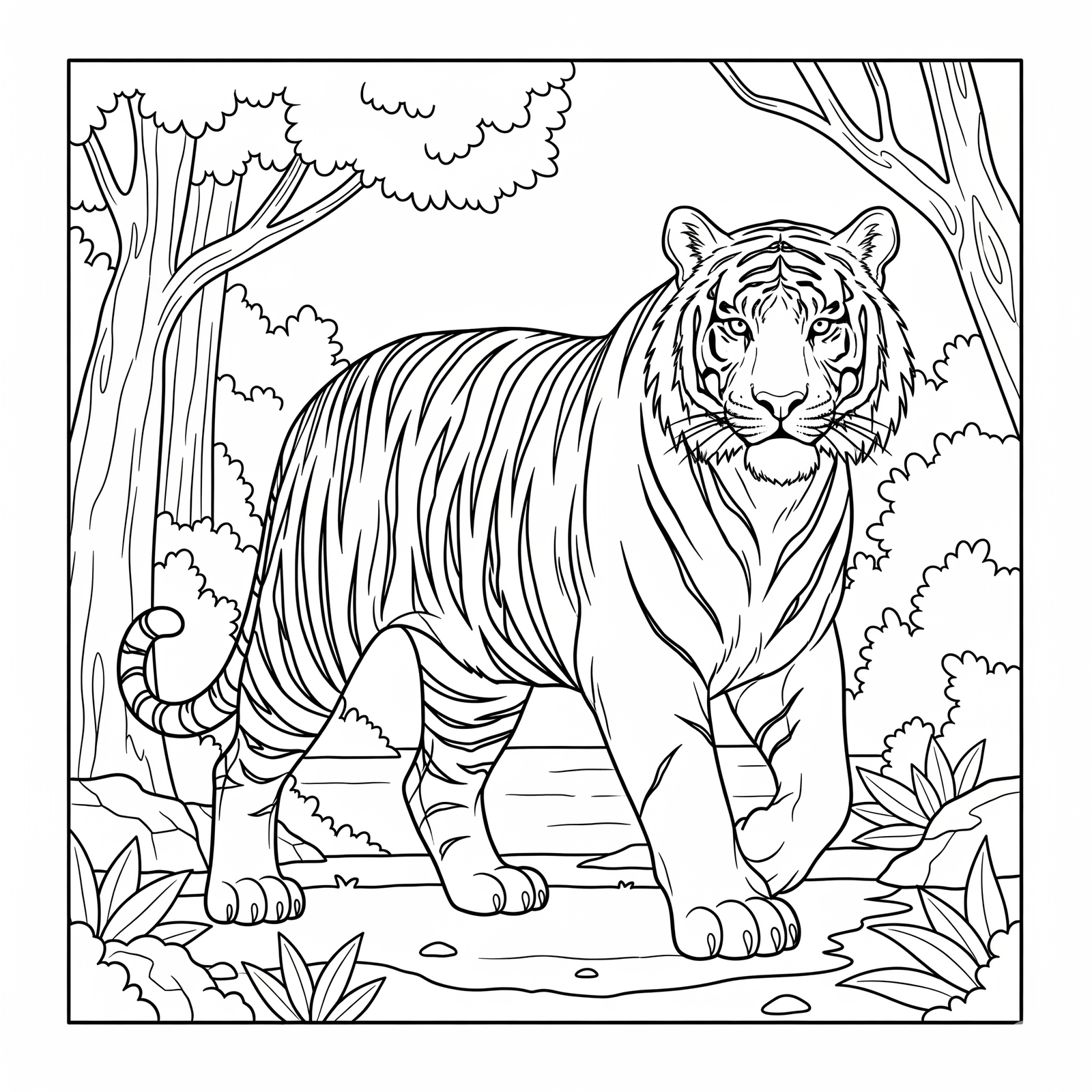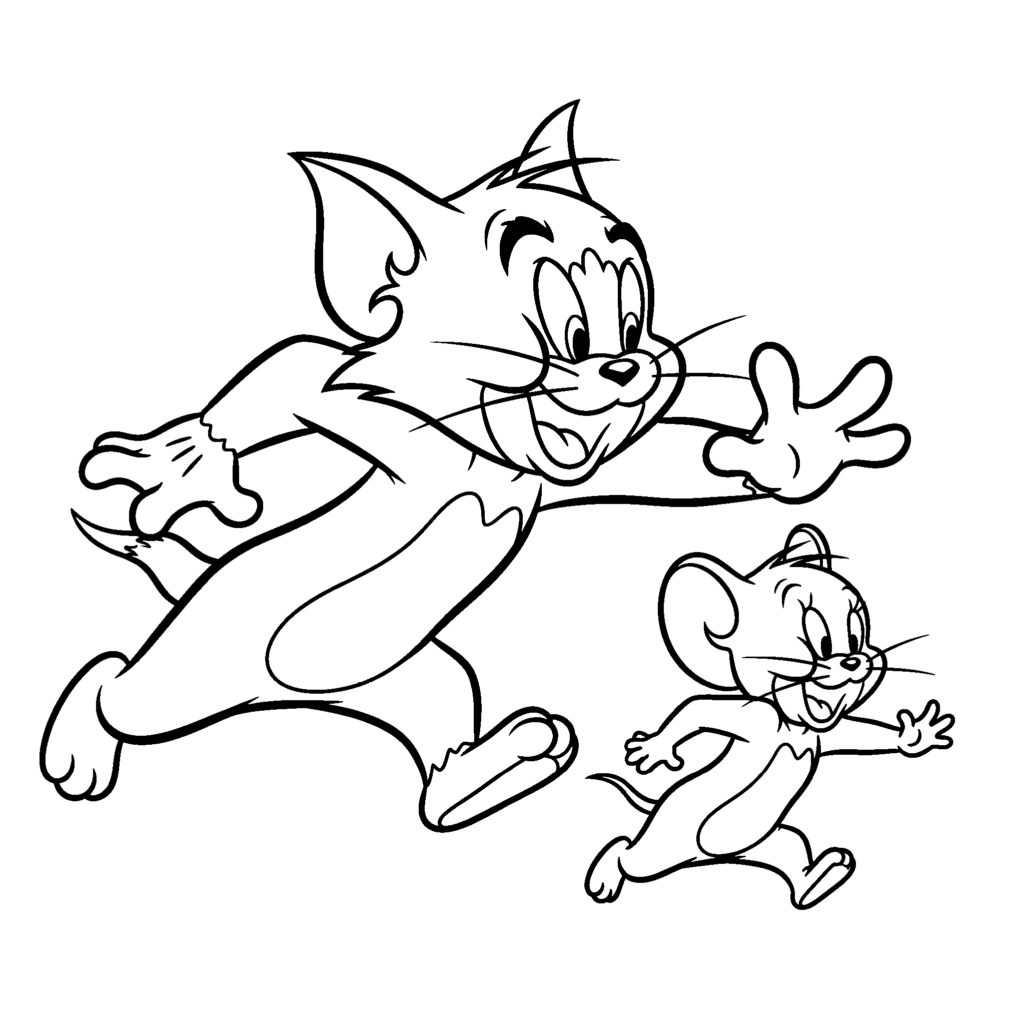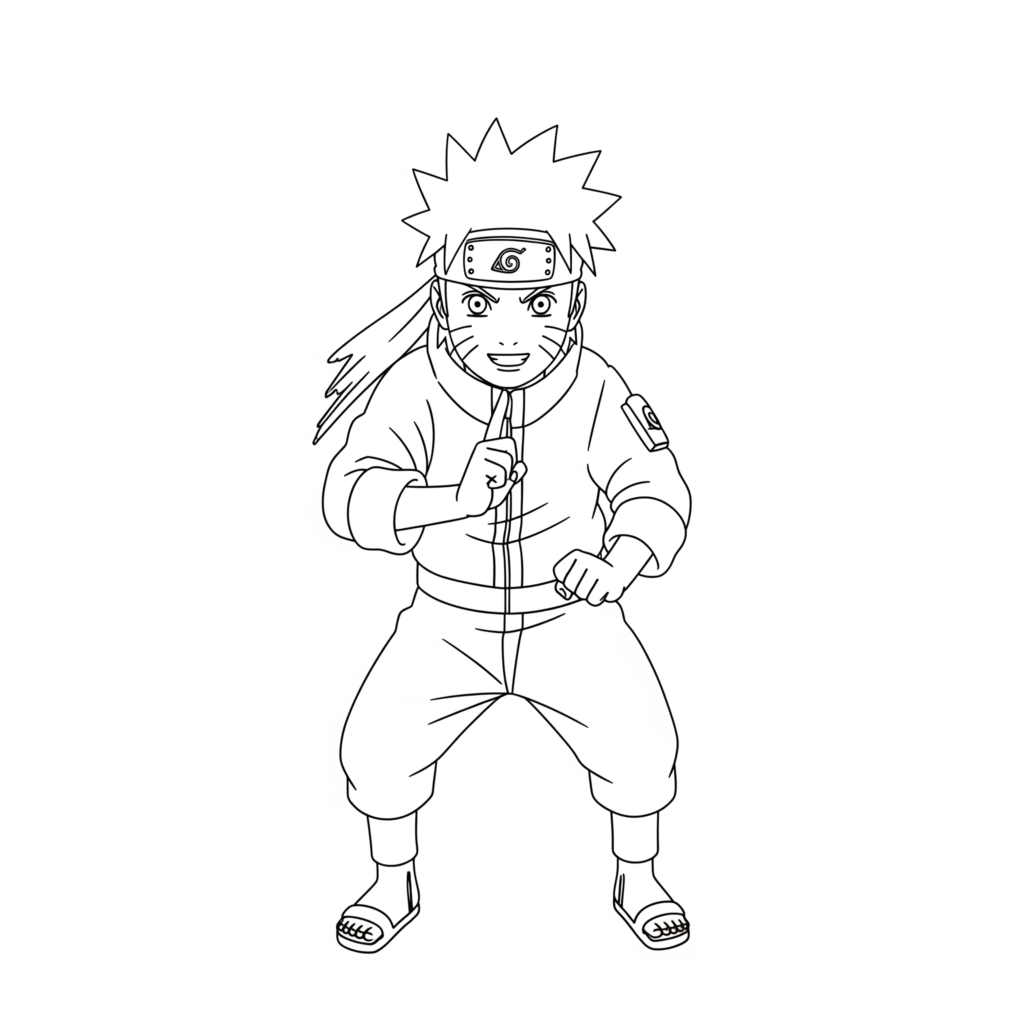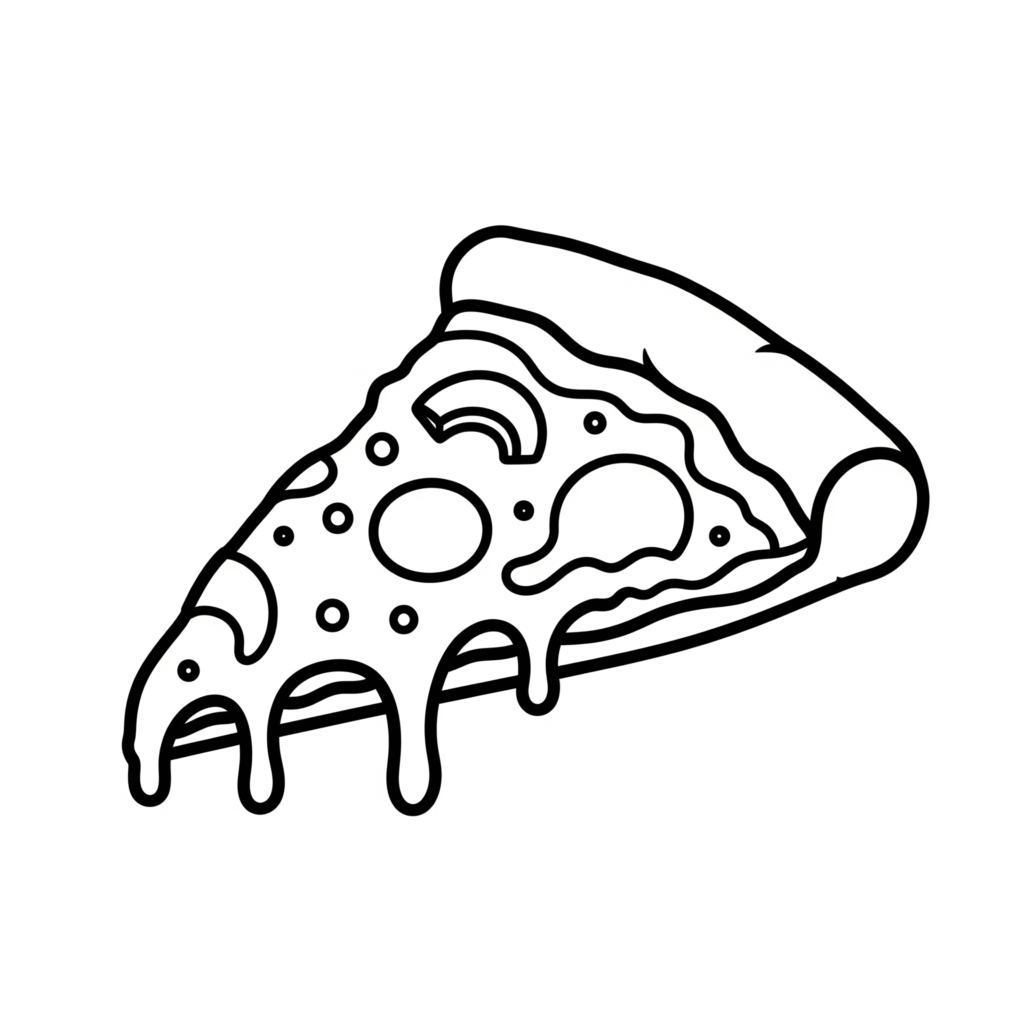Get ready to bring your imagination to life with our free printable coloring pages! Whether you’re a parent, teacher, or just someone who loves to color, this collection offers fun, creativity, and learning for all ages.
Each page is carefully designed to be easy to download and print, making it perfect for home, school, or creative time on the go. From simple designs for younger kids to more detailed illustrations for older children and adults, you’ll find something for every skill level.
Explore our collection, choose your favorites, and start coloring today. Don’t forget to check back often or subscribe to our newsletter – we’re always adding new pages!
🖍️ Free to use for personal and educational purposes.
🖨️ Click, print, and color – it’s that easy!






The Art Of Coloring Pages
Coloring, once primarily considered a childhood pastime, has experienced a remarkable resurgence in popularity, captivating individuals of all ages. This seemingly simple activity has evolved into a recognized tool for enhancing well-being and fostering creativity. This comprehensive guide delves into the surprising advantages of engaging with coloring pages, recommends essential tools and materials, unveils techniques ranging from foundational to advanced, and inspires innovative ways to repurpose completed artwork. The discussion highlights how coloring offers a unique blend of mental relaxation, cognitive development, and tangible artistic expression, providing a holistic approach to personal enrichment.
The Surprising Benefits of Coloring: More Than Just Fun
The act of coloring extends far beyond mere entertainment, offering a spectrum of profound benefits for both adults and children that contribute to overall well-being and development.
For Adults: A Path to Mindfulness and Stress Relief
For adults, coloring has become a powerful practice for mental and emotional balance. It serves as an effective mechanism for promoting mindfulness, focus, and concentration. By directing attention to color selection and the precise movements required to stay within lines, individuals are encouraged to remain fully present in the moment, effectively quieting external distractions and internal “noise”. This focused engagement activates brain regions associated with enhanced concentration, offering a valuable opportunity to disconnect from stressful thoughts.
Furthermore, coloring is a healthy and accessible method for stress and anxiety reduction, contributing to improved sleep patterns. The activity calms the brain and promotes physical relaxation by influencing the amygdala, the brain’s fear center, inducing a state akin to meditation. This meditative effect can lead to a decrease in heart rate, respiration, and feelings of depression and anxiety. Engaging in coloring before bedtime also provides an electronic-free ritual, which is crucial for sleep quality as it avoids exposure to light emitted from screens that can reduce melatonin levels.
Coloring also fosters emotional balance and encourages an acceptance of imperfection. It is a non-competitive activity, removing the pressure to achieve a “perfect” outcome or to “level up”. This freedom allows for emotional release and a healthy acceptance that there is no right or wrong way to color, emphasizing enjoyment and relaxation over flawless execution. In an increasingly digital world, coloring offers a vital digital detox, providing a tangible, screen-free alternative for unwinding and engaging in a calming activity.
The consistent psychological advantages of coloring, such as stress reduction, mindfulness, and enhanced focus, are observed across different age groups. This indicates that the underlying mechanism—which involves calming the brain’s fear center and fostering a meditative state—is universally beneficial. This broad applicability suggests that coloring is a valuable, cross-generational tool for mental well-being, moving beyond its traditional role as a children’s activity or a fleeting adult trend. Its enduring value lies in its ability to address fundamental human needs for calm, concentration, and emotional regulation, making it a powerful recommendation for anyone seeking to improve their mental state, regardless of age.
Moreover, the emphasis on coloring as a “digital detox” for adults and a means of “reduced screen time” for children highlights its relevance as a modern wellness solution. Digital screens are known to disrupt sleep by reducing melatonin production. Coloring provides a non-electronic, relaxing alternative that helps preserve natural melatonin levels and offers a much-needed mental respite from constant digital overstimulation. This positions coloring not just as a hobby, but as a strategic choice for managing the adverse effects of technology, contributing proactively to mental and physical health in today’s screen-dominated environment.
For Children: Nurturing Growth and Development
For children, coloring is a multifaceted educational tool that significantly contributes to their growth and development. It directly aids in the development of fine motor skills, hand-eye coordination, and color recognition. As children manipulate crayons or pencils, they enhance grip strength and visual tracking, while the act of staying within lines refines the precise coordination between their eyes and hands—skills essential for school readiness. Coloring also helps them learn colors by associating color words with specific hues and objects.
Engaging with intricate coloring pages also cultivates patience, concentration, and problem-solving abilities. Children learn perseverance by dedicating time to carefully examine pictures and thoughtfully choose colors. Activities that incorporate numbers or shapes can introduce fundamental mathematical concepts and improve spatial reasoning skills.
Beyond cognitive benefits, coloring provides a valuable outlet for creativity, self-expression, and emotional management. It allows children the freedom to express their imagination, creating unique pictures they can proudly display. It also offers a safe way for children to deal with complex emotions like frustration or sadness, enabling them to express and regulate strong feelings on paper through color choice and stroke pressure. Crucially, it provides a beneficial break from excessive screen time, allowing children to unwind and be present.
Furthermore, coloring can enhance social skills and confidence. When children share and discuss their coloring choices with peers, it can boost their confidence in self-expression and improve social interactions, including articulating opinions, active listening, and collaboratively resolving conflicts.
Coloring Benefits at a Glance (Adults vs. Children)
| Benefit Category | Benefit for Adults | Benefit for Children |
| Mental Well-being | Stress & Anxiety Relief , Mindfulness & Focus , Improved Sleep , Emotional Balance , Digital Detox | Relaxation & Unwinding , Stress Reduction , Mindfulness , Emotional Outlet , Reduced Screen Time |
| Cognitive Development | Enhanced Concentration , Improved Motor Skills | Fine Motor Skills , Hand-Eye Coordination , Focus & Concentration , Patience & Perseverance , Problem-Solving , Early Math Concepts |
| Creative Expression | Artistic Expression , Embracing Imperfection | Creativity & Self-Expression , Imagination & Storytelling |
| Social & Personal Growth | Non-competitive activity | Confidence & Decision-Making , Class Participation & Social Skills |
Essential Tools and Materials for Your Coloring Journey
The selection of appropriate tools and materials is fundamental to maximizing the coloring experience, influencing both the artistic outcome and the comfort of the colorist.
Choosing Your Medium: Pencils vs. Markers & Beyond
Colored pencils are a highly popular medium, celebrated for their versatility and suitability for a range of techniques, from basic filling to advanced shading and layering. When selecting colored pencils, it is important to consider quality factors such as vibrant color production, a wide variety of hues, and steadfastness to ensure the artwork endures without premature fading. Pencils that allow for effective shading and blending are particularly valuable, with softer leads, like those found in Prismacolor pencils, being excellent for achieving smooth transitions and rich layering effects.
Markers offer a distinct coloring experience, known for their vibrant and rich colors. They are often easier on the hands and joints, making them a preferred choice for individuals with conditions like arthritis or carpal tunnel, as they require less pressure during application. However, users should be mindful of potential bleed-through onto subsequent pages; this can be easily remedied by placing a blank sheet of paper between the pages being worked on. While blending is a characteristic of professional-grade markers, it is generally less effortless compared to colored pencils.
The choice of coloring medium is more than a simple preference; it is a critical factor influencing the artistic result and physical comfort during the activity. The detailed characteristics of colored pencils and markers, such as their ability to blend, their vibrancy, and their ergonomic qualities, highlight that thoughtful tool selection directly impacts the depth of engagement and the quality of the creative output. For instance, selecting tools that are “easy on the hands” can make coloring accessible and enjoyable for individuals with physical limitations, while pencils known for their blending capabilities enable more sophisticated artistic expression. This transforms tool selection from a trivial decision into a strategic one that directly impacts the overall experience and the potential for artistic achievement.
For children, while crayons are a classic, other popular options include acrylic paint, tempera, watercolor paper, construction paper, and oil pastels, encouraging a broader exploration of artistic expression.
Must-Have Accessories for Enhanced Coloring
Beyond the primary coloring medium, certain accessories can significantly enhance the coloring experience. Maintaining sharp colored pencils is crucial for precision, especially when working on intricate designs. The quality of the paper itself also plays a vital role; paper with a good “tooth” (texture) can absorb more pigment, resulting in bolder and richer colors. Additionally, maintaining a relaxed grip on coloring tools is important to prevent hand cramping and allow for longer, more comfortable coloring sessions. Markers, by their nature, often reduce the need for heavy pressure, further contributing to ease on hands and joints.
Coloring Mediums: Pros and Cons
| Medium | Pros | Cons |
| Colored Pencils | Versatile for shading & layering , Great color production & variety , Steadfast color , Excellent for blending | Can require more pressure for vibrant color , Tips may break with too much pressure |
| Markers | Vibrant & rich colors , Easy on hands/joints (less pressure) , Dries fast | Bleed-through possible (requires barrier paper) , Blending primarily with professional markers |
Mastering Coloring Techniques: From Beginner to Pro
Coloring is not merely about filling in spaces; it is a skill that can be developed and refined, offering a pathway from simple enjoyment to sophisticated artistic expression.
Fundamental Techniques for a Smooth Start
For those beginning their coloring journey, mastering fundamental techniques can significantly improve results and enhance the experience. Basic layering involves applying light, multiple layers of color, which helps achieve smooth gradients and richer hues while also being gentler on the hands and joints. Pressure control is key; varying the pressure applied to the coloring tool allows for subtle shading, creating depth and dimension. It is also important to change coloring direction frequently, using small circles or varied strokes, to avoid a grainy or directional texture in the finished artwork.
The selection of a color scheme can profoundly impact the final appearance of a colored page. While some prefer to plan their palette beforehand, using tools like Coolors or Adobe Color for inspiration, others find relaxation in simply “winging it” and choosing colors instinctively.
The clear distinction between basic “one layer” coloring and more advanced methods like shading, blending, and layering demonstrates that coloring is a skill that can be developed over time. The advice to “practice makes perfect” reinforces this progression. As colorists learn and apply these techniques, their ability to create more sophisticated and visually appealing results increases. This mastery enhances satisfaction and deepens engagement, directly contributing to deriving more value from the activity beyond simple relaxation. This suggests that coloring can evolve from a casual pastime into a fulfilling artistic pursuit, appealing to those who seek continuous growth and creative challenge.
Advanced Techniques to Elevate Your Artistry
Once foundational skills are established, colorists can explore advanced techniques to elevate their artwork. Shading and blending are crucial for creating gradients and adding dimension, making objects appear less flat. When shading, it is generally advisable to work from lighter to darker areas, as it is easier to add pigment than to remove it. The use of solvents, such as mineral spirits or even household alternatives like Vaseline, can achieve incredibly bold, vivid, and smooth blends by facilitating the even spread of pigment across the paper, filling in the paper’s “tooth” and eliminating grainy textures. Solvents can be applied to the pencil tip or rubbed over existing strokes with a cotton swab for precise control.
Classic art techniques like hatching, cross-hatching, and stippling can be employed with colored pencils to add texture and depth. Adding highlights with white pens and details with black pens can make elements stand out, introduce reflections, or create intricate patterns, significantly increasing visual interest.
To create realistic effects and textures, such as wood, fur, glass, or water, colorists can layer colors and manipulate pressure. Contrast is a key element in achieving realism; greater contrast makes a drawing appear less flat and more lifelike. Combining different media is another powerful technique, such as using markers for vibrant base layers and then applying colored pencils for detailed shading, which offers a blend of intensity and control.
Repurposing Your Masterpieces: Creative Uses for Finished Pages
The value of coloring extends beyond the immediate activity of filling in lines; completed pages can be transformed into tangible, personalized creations that offer continued enjoyment and utility.
Decorative and Gifting Ideas
Finished coloring pages can be repurposed into a variety of decorative and gifting items. Practical ideas include turning them into personalized bookmarks, unique gift tags, custom wrapping paper, or even handcrafted gift bags. These items add a thoughtful, personal touch to presents or everyday stationery. Additionally, completed pages can be used to create distinctive greeting cards, charming jar toppers for homemade treats, or elegant napkin rings for special occasions.
Home Decor and Personal Accessories
For home decor, colored pages can be transformed into one-of-a-kind magnets, water-resistant coasters, or custom phone cases, allowing individuals to carry their artwork with them or display it prominently. They can also serve as unique journal or book covers, background paper for scrapbooks, or be framed as wall art, adding a personal touch to living spaces. More advanced DIY projects include decoupaging furniture with coloring pages or crafting holiday ornaments and keychains.
The extensive array of repurposing ideas demonstrates that the value derived from coloring extends significantly beyond the initial creative act. Transforming finished pages into functional or decorative items provides a tangible outcome for the creative effort, fostering a sense of accomplishment and allowing personal expression to be integrated into daily life or shared with others through gifting. This process prolongs the enjoyment and utility derived from the original coloring activity, making it a sustainable and purposeful creative endeavor. It also positions coloring as a foundational step for broader DIY and crafting projects, appealing to those who appreciate practical applications for their artistic output.
Engaging Activities for Kids
For children, repurposing completed coloring pages can be an extension of their creative play. Simple and fun craft ideas include making colorful paper chains, personalized DIY name plaques for their rooms, or customized dry erase boards for drawing and learning. These activities further engage children with their artwork and provide a sense of ownership and accomplishment.
Special Considerations for Different Age Groups
Coloring with Children
When coloring with kids, focus on enjoyment and self-expression rather than staying within lines or using “correct” colors. Praise effort and creativity over technical skill to build confidence and maintain interest.
Choose age-appropriate designs that match fine motor skill development. Younger children need larger spaces and simpler designs, while older kids can handle more detailed patterns.
Senior-Friendly Adaptations
Larger print coloring pages with bold, clear lines work best for seniors with vision challenges. Consider books specifically designed for older adults that feature familiar themes and appropriate complexity levels.
Ergonomic coloring tools with larger grips can help those with arthritis or other hand mobility issues continue enjoying coloring activities.
Digital vs. Traditional Coloring Options
Traditional Coloring Advantages
Physical coloring pages provide tactile feedback that many find more satisfying and therapeutic than digital alternatives. The physical act of holding coloring tools and feeling paper texture engages multiple senses simultaneously.
Traditional coloring also eliminates screen time, providing a welcome break from digital devices that dominate modern life.
Digital Coloring Benefits
Digital coloring apps offer unlimited color palettes, undo functions, and the ability to share completed work instantly. They’re also more portable and environmentally friendly than physical books.
Many apps like Procreate on Ipad include features like zoom capabilities for detailed work and the ability to experiment with different color combinations without commitment.













